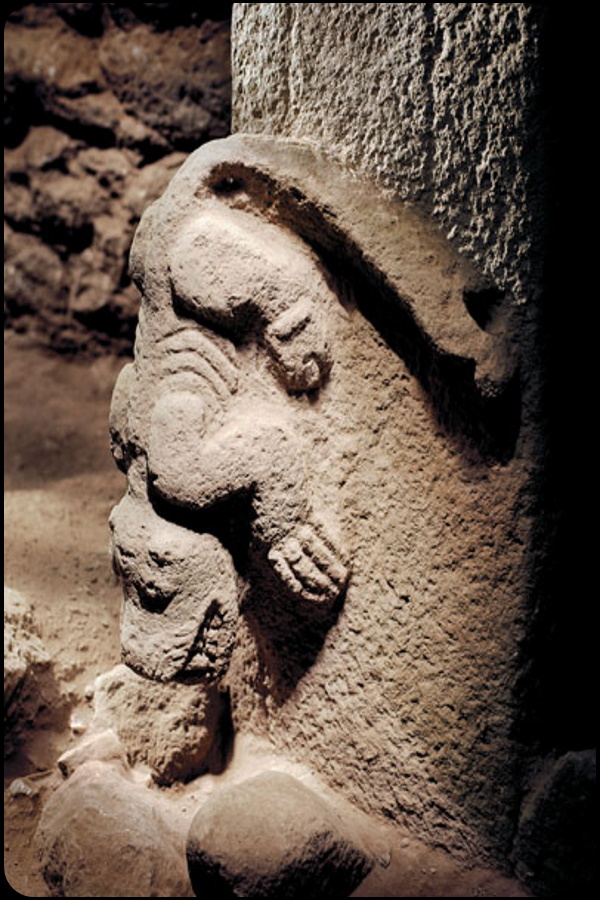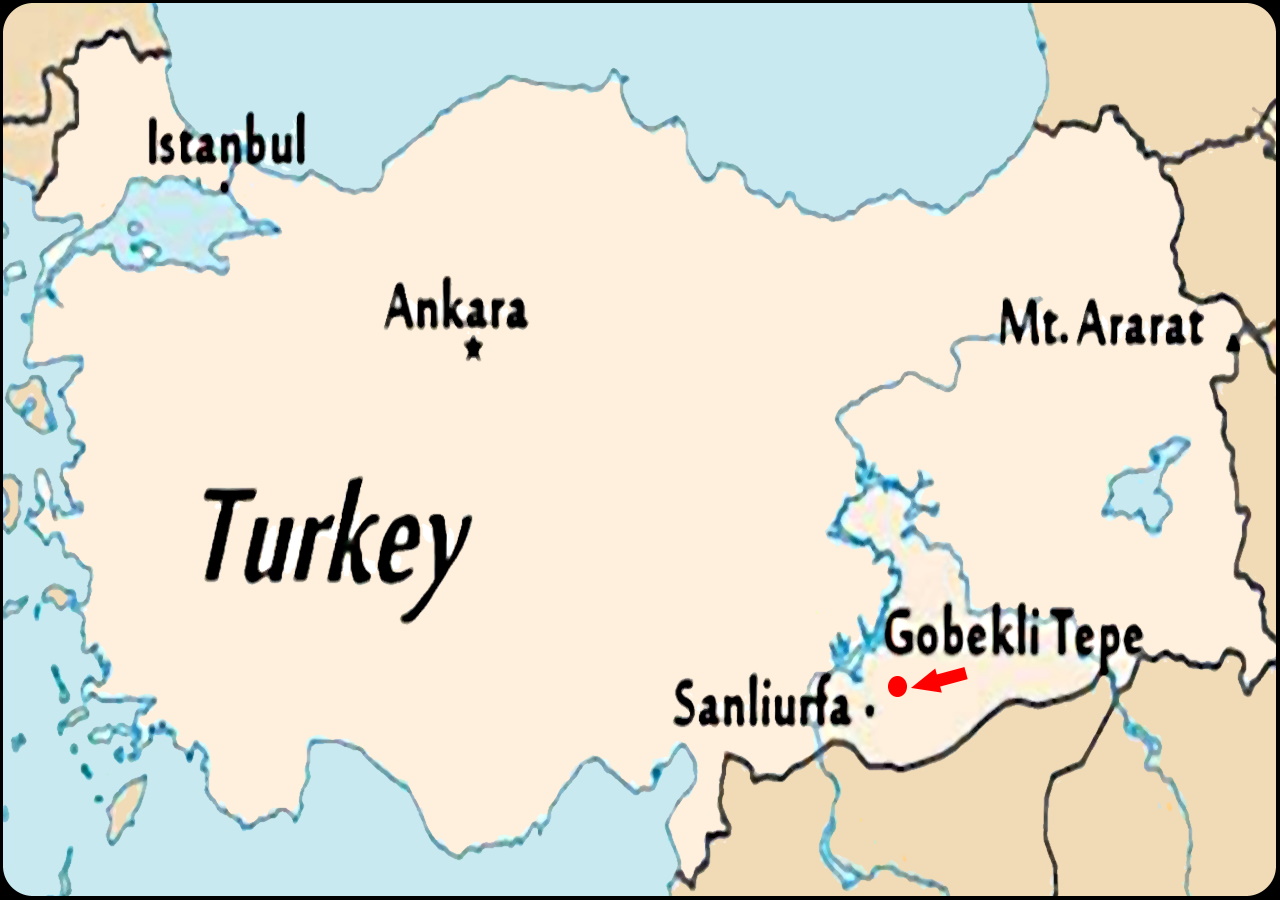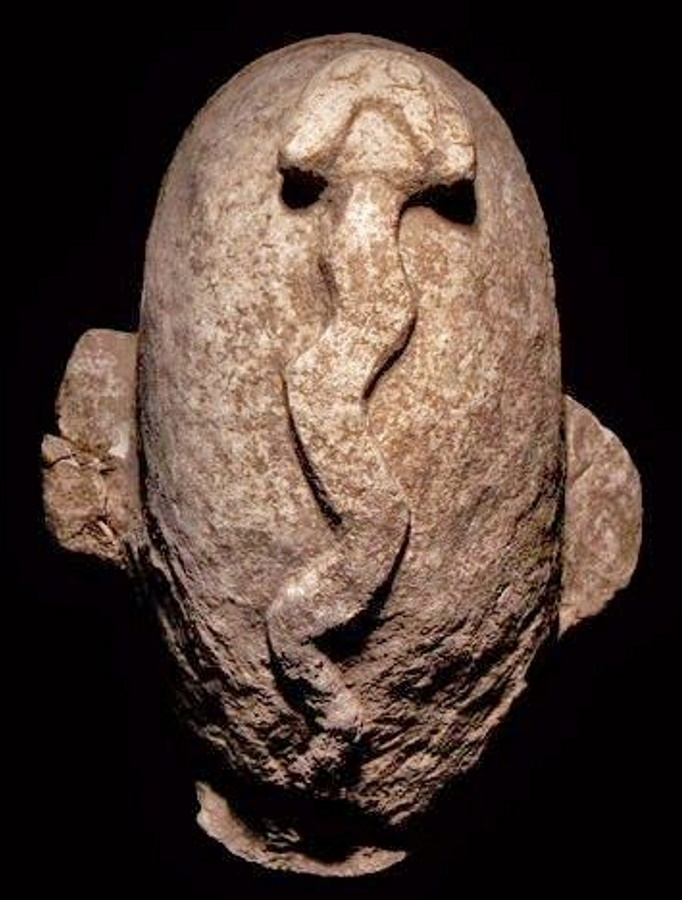
In
the time of cavemen, just before the Ice Age, without the wheel, tools
or agriculture, Gobekli Tepe appears with advanced technologies,
detailed architecture which is astronomically aligned.
Lying
within the cradle of civilization, Gobekli Tepe was not destroyed
outright but rather cautiously buried under 20 feet (6.1 m) of sand
possibly to preserve the site. Buried for 10,000 years, the sacred site
was discovered quite by accident in 1994. German archaeologist 'Klaus
Schmidt' was called in for his expertise and what he unearthed created
a quandary of our understanding of humanity. The extent of technique
and detail is what first stands out. Richly carved in limestone,
animals of the world are captured in both intricate carvings and
sculptures. The dazzling scope of wildlife depicts birds, foxes, boars
and serpents. The T-shaped megaliths soaring some 18 feet (5.49 m) tall
stand boldly in place. The carvings on these are carefully crafted with
hands, arms and clothing. These towering beings all face each other in
a perfect circle.
Gobekli Tepe places human history as we
know it into question. It contains megaliths weighing 7 to 10 tons and
stands 18 feet (5.49 m) high. Carbon dating firmly establishes its age
at 12,000 years old. That is 7,000 years older than Stonehenge. It is
commonly accepted that humanity is only a mere 4,000 years old.
Alternatively Linda Moulton Howe proclaims that this discovery
literally doubles the age of human history.
Graham Hancock
suggests there must be an outside influence that taught advanced
masonry skills to humans. He calls this a Transfer of Technology.
Whether they descended from the stars or a lost civilization which the
world has forgotten, it is these lines of inquisition that inspire the
greatest possibilities for the creation of Gobekli Tepe. If, as Hancock
suggests, the achievements of Gobekli Tepe had been a gift from a
sophisticated civilization, we must explore the possibilities of
Ancient Alien visitations which possibly seeded humanity here on earth.
|  |

|  |  |  |  | 
|
|